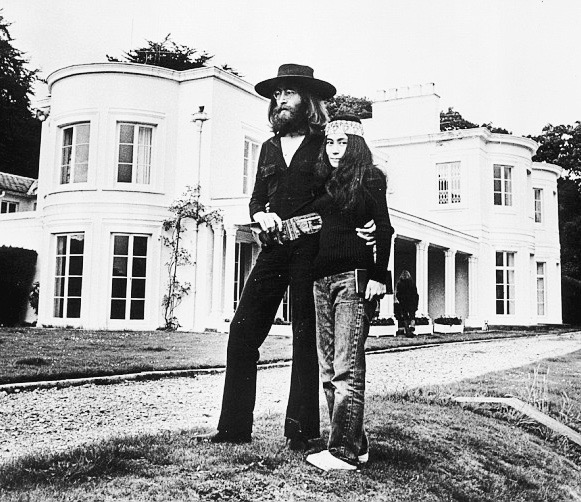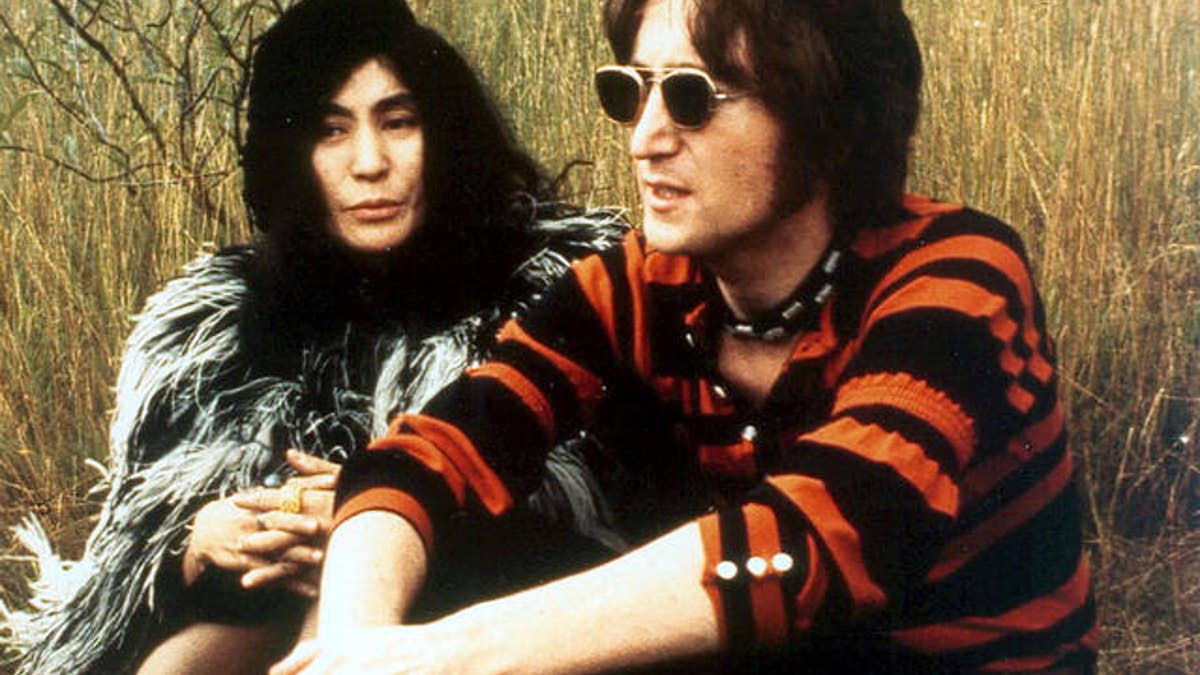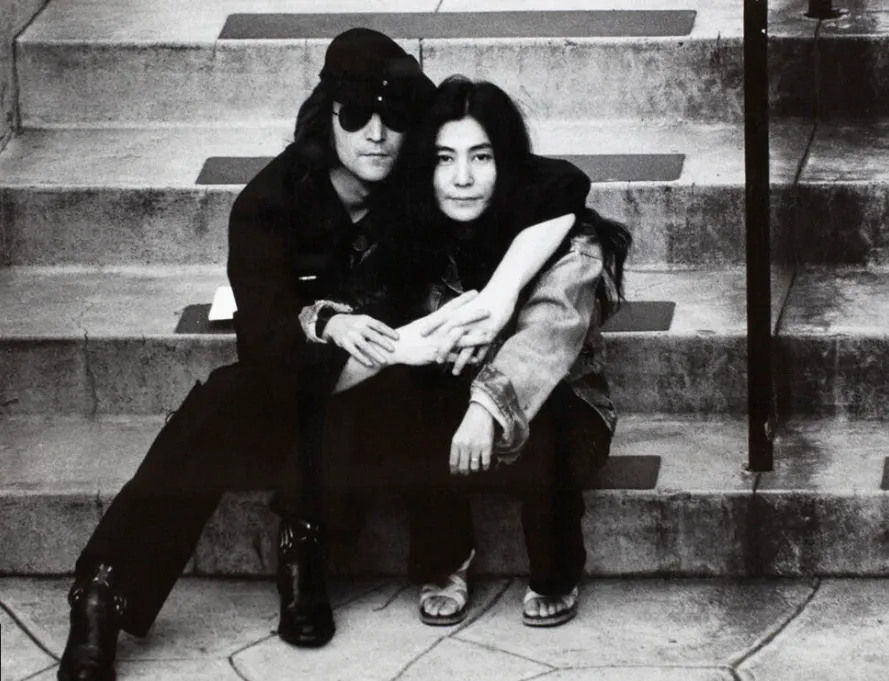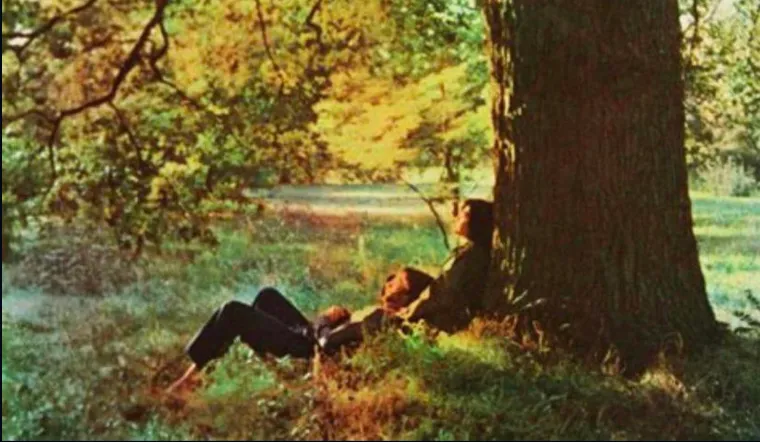In 1969, iconic musician John Lennon and avant-garde artist Yoko Ono embarked on a new chapter of their lives as they moved into the prestigious Tittenhurst Park in Ascot, England.
This move happened during a pivotal year for Lennon, marked by significant personal transformation and profound creative output.
John Lennon's journey through 1969 was not just the culmination of his career with The Beatles, but also the beginning of a liberating yet turbulent relationship with Yoko Ono.
This article delves into the significance of John and Yoko’s move to Tittenhurst Park, exploring its impact on their lives and creative endeavors within the context of John Lennon’s incredible year.
Tittenhurst Park: A Place of History and Transformation

Tittenhurst Park is an iconic Georgian country house built in 1737, spread over 72 acres of lush countryside.
The mansion radiates a grandeur that was well-suited to the Lennon-Ono duo, symbolizing both status and retreat. John Lennon and Yoko Ono purchased Tittenhurst Park in August 1969 for a sum of £145,000, a testament to the heights of Lennon's success with The Beatles.
Upon their move, the couple embarked on significant renovations that fused their eccentric and modern styles with the home’s historical grandeur.
This remodeling was much more than just physical; it marked a period of symbolic reinvention for both John Lennon and Yoko Ono.
The Artistic Sanctuary
Tittenhurst Park was more than a luxurious residence; it was a creative sanctuary. For John Lennon, 1969 was a year of artistic evolution.
Despite The Beatles’ impending split, Lennon’s creative output was prolific. The lush surroundings of Tittenhurst provided an inspiring backdrop for him to craft some of his most introspective music.
Here, Lennon wrote and recorded "Imagine," arguably his most famous solo work. The house even featured in the "Imagine" music video, immortalizing its serene landscapes and blending it into the cultural fabric of the song.
The iconic white room with a grand piano where John played "Imagine" remains etched in music history.
John and Yoko: A Partnership in Every Sense

John Lennon’s partnership with Yoko Ono was a focal point of his life in 1969. Their move to Tittenhurst came as they were heavily involved in both peace activism and creative collaborations.
The serenity of their new home offered a reprieve from the frenzied pace of their public lives, allowing them to focus on each other and their shared artistic endeavors.
Their love and partnership were exemplified in their Bed-Ins for Peace, staged earlier in the year, which captured the world's attention and solidified their status as countercultural icons.
Tittenhurst thus became a laboratory for their peace initiatives and artistic experimentation.
Tittenhurst Park and the End of The Beatles

The year 1969 also saw the release of The Beatles' "Abbey Road," an album that hinted at the band's fracturing dynamics.
Tensions among the band members were escalating, and Lennon’s move to Tittenhurst can be seen as both a physical and symbolic distancing.
The iconic photo shoot for The Beatles’ compilation album "Hey Jude" also took place at Tittenhurst.
The pastoral setting provided a stark contrast to the band’s internal discord. While the move to Tittenhurst marked the beginning of Lennon’s next chapter, it simultaneously marked the closing of the significant Beatles era in his life.
The Inner Struggles
Despite the serene exterior, John Lennon’s time at Tittenhurst was not without personal turmoil.
Lennon was confronting inner demons, often reflecting in his solo works. Songs like "Cold Turkey," which details his struggle with heroin addiction, reveal a raw and honest side of Lennon.
Tittenhurst was a place where Lennon faced these challenges head-on, supported by Yoko.
Their mutual artistic pursuits and love became a refuge, helping him channel his struggles into timeless music and art.
Activism and Artistic Ventures

John Lennon, 1969 was a transformative year in many respects. His political activism reached new heights.
From Tittenhurst, Lennon and Yoko coordinated numerous peace initiatives, including their War Is Over campaign.
The estate became a hub for activists, artists, and musicians who shared their vision for a peaceful world.
The spacious grounds of Tittenhurst allowed for large gatherings, fostering a community of like-minded individuals committed to peace and creativity.
The estate was not merely a home but a crucible for the countercultural movement that Lennon and Ono epitomized.
The Creative Output
If 1969 was a year of changes for John Lennon, it was equally a year of unparalleled creativity.
Many of the tracks from Lennon’s first solo album "Plastic Ono Band," released in 1970, were conceived during his time at Tittenhurst.
Songs like "Mother" and "Isolation" reflect the emotional depths Lennon explored within the tranquil yet transformative environment of Tittenhurst.
Yoko Ono’s influence is palpable in this period, seen as much in the thematic content of Lennon’s work as in the experimental sounds and artistic clashes they openly embraced.
The artistic synergy between Lennon and Ono infused the ambiance of Tittenhurst with an energy that translated into their creations.
The Tittenhurst Legacy
John Lennon and Yoko Ono’s tenure at Tittenhurst Park was relatively brief but profoundly impactful. In 1971, Lennon sold the estate to bandmate Ringo Starr when he and Ono decided to move to New York.
Yet, the legacy of Tittenhurst Park in John Lennon’s life persists. The time he spent there was fundamental in shaping his identity as a solo artist and activist.
The serene landscapes and historical grandeur of Tittenhurst framed a crucial period of introspection and creativity for Lennon.
This estate stands as a testament to a transformative era where Lennon transitioned from a Beatle to an independent artist with a distinct voice.
Reflecting on the Move’s Impact
John Lennon’s move to Tittenhurst Park in 1969 was much more than a change of address. It symbolized a pivotal transition from the crowded world of Beatlemania to a life of creative and personal freedom.
The move coincided with profound changes in his professional and personal life, setting the stage for his post-Beatles career.
For Yoko Ono, Tittenhurst provided a canvas for her avant-garde artistry and a platform for their joint activism.
Together, they created an environment that was as much about artistic freedom as it was about personal healing and growth.
A Milestone in Lennon’s Journey
John Lennon, 1969 was a year marked by significant transformations. The relocation to Tittenhurst Park played a critical role in shaping the man who would emerge from the ashes of The Beatles.
This chapter in Lennon’s life was characterized by artistic rejuvenation, deep personal introspection, and an ongoing commitment to peace and activism.
The legacy of Tittenhurst Park endures, captivating the imagination of Beatles fans and historians alike.
Its walls and grounds witnessed the blossoming of a solo artist who would go on to create some of the most profound music and art of the 20th century.
John and Yoko’s move to this historical estate encapsulates a moment in time when boundaries were explored, and new paths were forged.
It remains a vital piece in the puzzle of understanding the enigmatic journey of John Lennon.


-1725607810-q80.webp)
